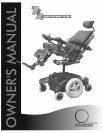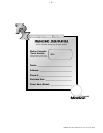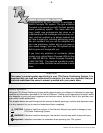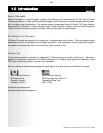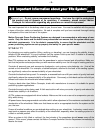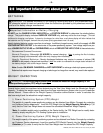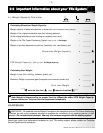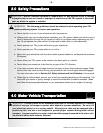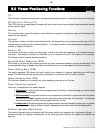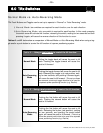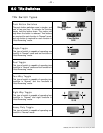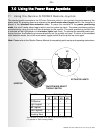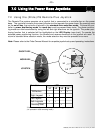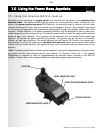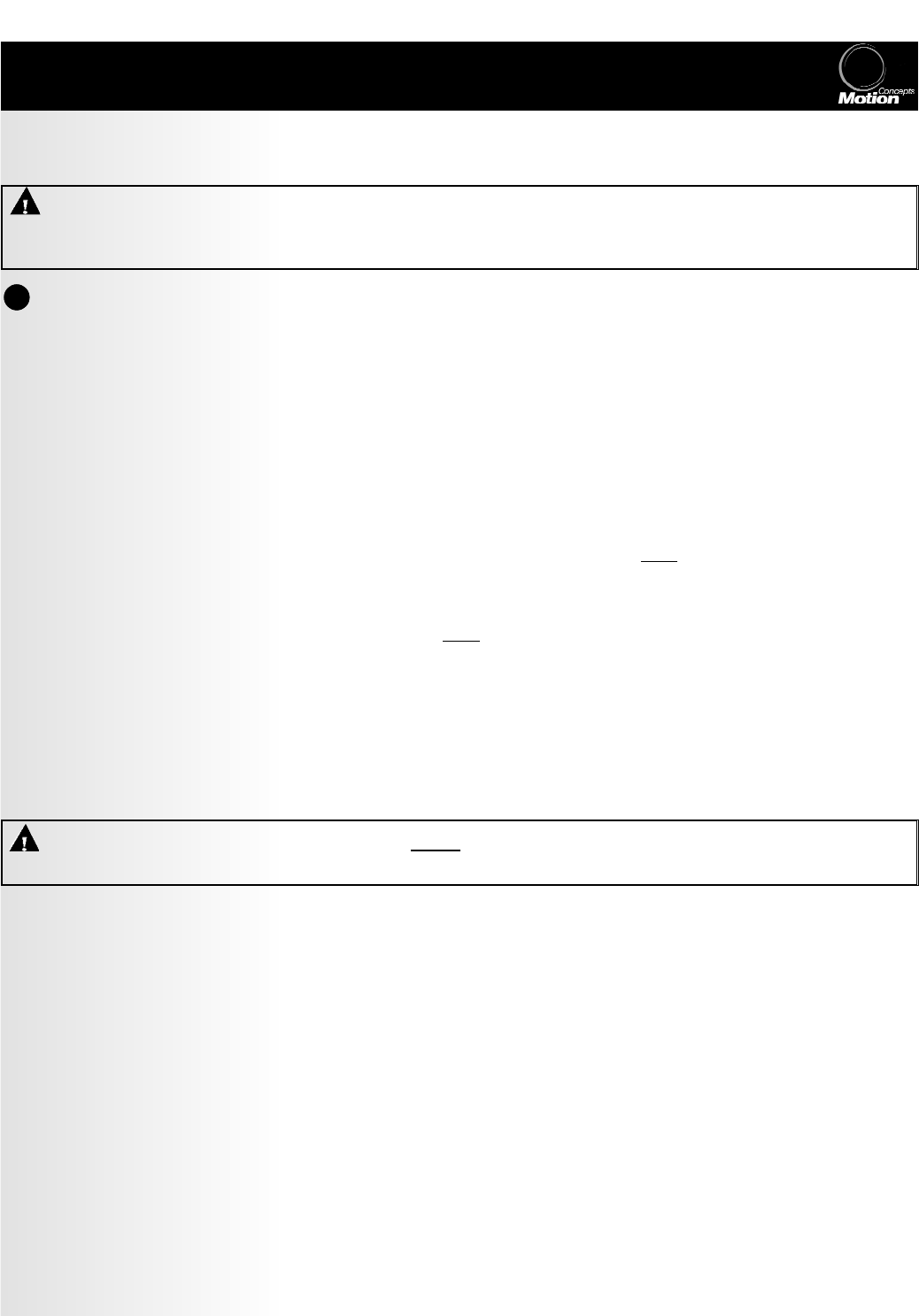
TRD0000, TRx Owner’s Manual- Rev. 5.0, January 20, 2005
- 6 -
WEIGHT CAP
WEIGHT CAP
A
A
CITIES
CITIES
22..00
IImmppoorrttaanntt
IInnffoorrmmaattiioonn
aabboouutt
yyoouurr
TTRRxx
SSyysstteemm
Several factors must be considered when determining the Total User Weight and the Wheelchair Weight
Capacity. To obtain the weight capacity data from the base manufacturer, please refer to your Powerbase
Owners Manual. Please refer to the Weight Capacity Calculator outlined below in order to calculate the
total user weight and the wheelchair weight capacity.
WARNING! The total user weight should never
exceed the wheelchair weight capacity or the
power positioning system (PPS) weight capacity.
ii) Power Positioning System (PPS) Weight Capacity
The weight capacity of the power positioning system can be obtained from Motion Concepts by contacting
our Customer Service department. Insert the specified PPS Weight Capacity into the Weight Capacity
Calculator (p.7) in order to verify that the Total User Weight does not exceed the PPS Weight Capacity.
i) Power Positioning System (PPS) Weight
The weight of a specific power positioning system can be obtained from Motion Concepts by contacting
our Customer Service department*. Insert the PPS Weight into the Weight Capacity Calculator (p.7) to
verify that the Total User Weight does not exceed the calculated Wheelchair Weight Capacity.
*Note: If a suitable weight scale is available at the Dealer facility, the PPS Weight can be readily deter-
mined by simply weighing the TRx Seating System prior to installation.
B
B
A
A
TTERIES
TTERIES
DO NOT use the CHARGE LEVEL INDICATOR on a JOYSTICK DISPLAY to determine the existing battery
charge. The joystick display indicates SURFACE VOLTAGE only, and may not be the true charge.
(This can
be likened to charging a cell phone; if placed on its charger for a brief time, a cell phone display will often indicate that
the batteries are fully charged, however the cell phone quickly goes dead once it is used).
Heavily depleted batteries require more time to recharge. Insufficient charge time may result in the supply of LOW
VOLTAGE BATTERY OUTPUT to the electronics of the power positioning system. Low voltage output can pro-
duce LONGER DUTY-CYCLES and OVERHEATING, which will REDUCE THE LIFE-CYCLE of these electronics.
Important Information on Battery Charging:
WARNING! For detailed information on the charging, handling and care of your powerbase batter-
ies, please be certain to read and carefully follow the instructions provided by the powerbase manufac-
turer and the battery charger manufacturer.
i
RECOMMENDED CHARGING PROCEDURES:
Normal Charging: Allow eight (8) HOURS for normal charging.
(Note: to prolong the life of a battery
frequent charging is recommended, rather than only charging when necessary).
Heavily Depleted Batteries: Severly discharged batteries may require in excess of sixteen (16)
HOURS to be properly charged and equalized.
(Note: be certain to understand the charge status indicators on
the battery charger- refer to the charger manual).
Note: Smaller ON-BOARD CHARGERS are NOT SUFFICIENT to recharge rehab-style power products.
Batteries that require more frequent charging or take longer to charge than normal, may need to be replaced.



